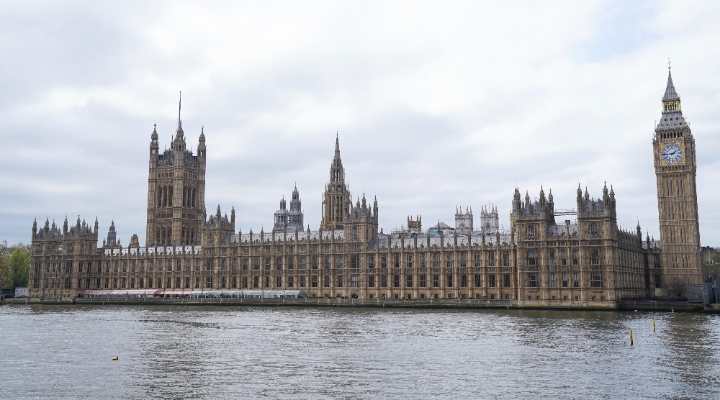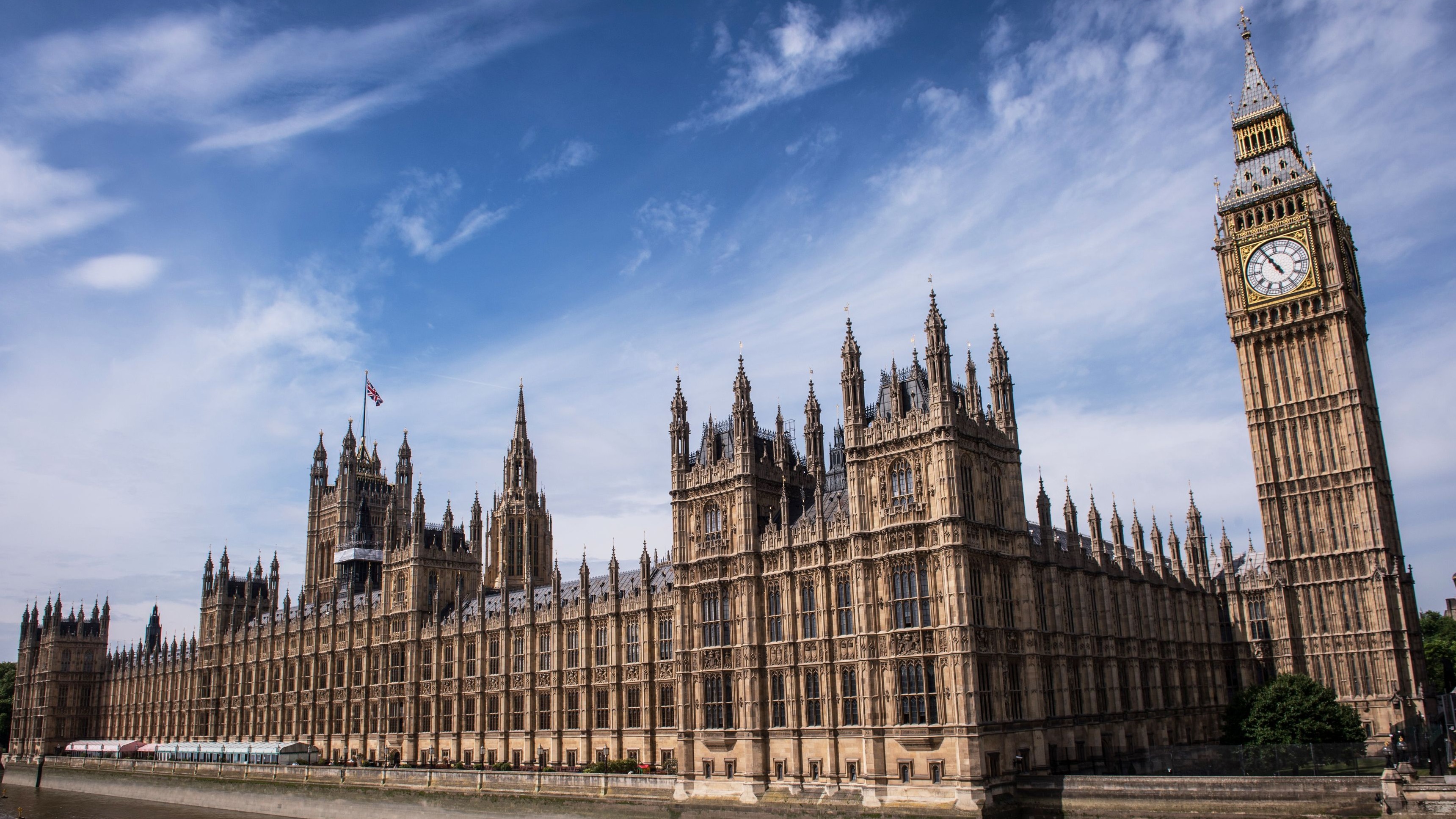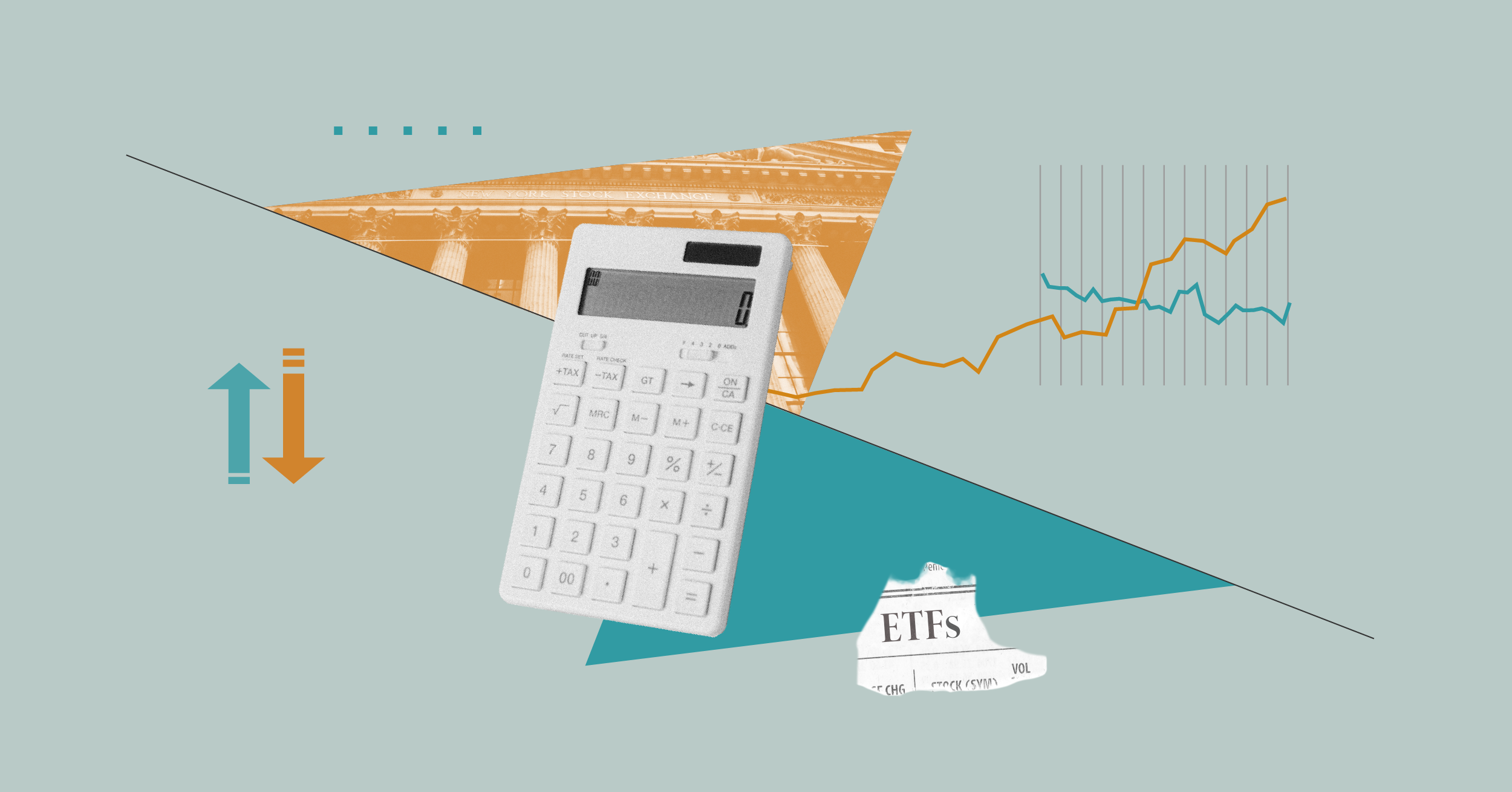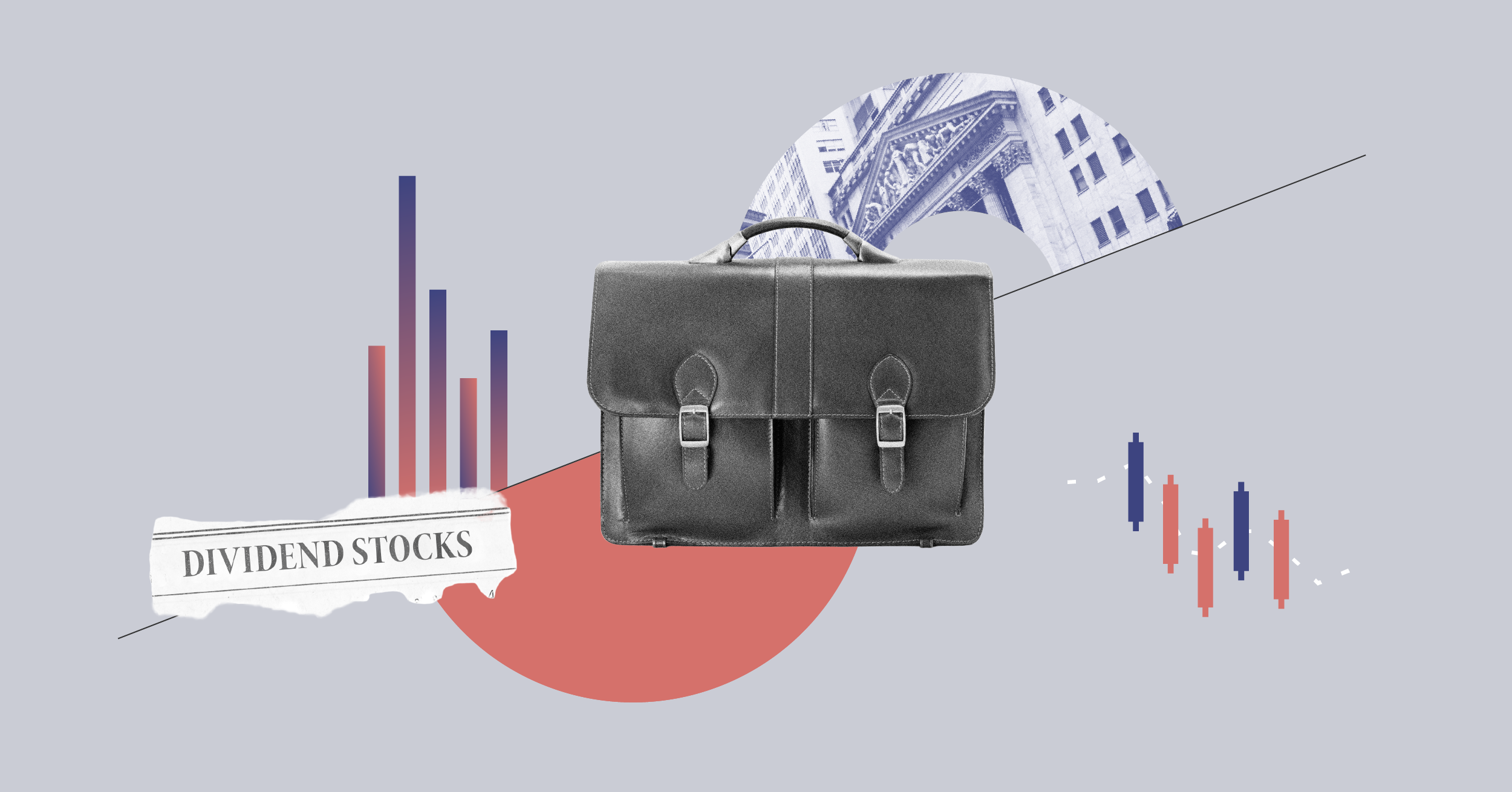
Gross Domestic Product (GDP) figures have been monitored very closely since the Covid-19 market shock.
We now know the economy has recovered strongly from 2020, and is expected to grow by around 7% this year--a number unthinkable in “normal” times. The question that economic forecasters can’t fully answer, however, is how long the rebound will last, and what the UK economy will look like in the middle part of this decade.
There are many variables. These include inflation, the impact of Brexit, and the permanency of any "scarring", as well as how well the economy adapts to the challenges of climate change. In the medium and long term, the outcome matters greatly for investors in UK equities, but it effects everyone.
Losing Momentum
In the latest figures, released on November 11, the Office for National Statistics (ONS) said the UK economy grew by 1.3% in the third quarter of this year, slightly below forecasts, suggesting some of the post-pandemic momentum is stalling.
Market commentators agreed the figures showed the UK economic recovery was running out of steam. “Despite an initial period of outperformance in response to a swift vaccination process, we are now seeing the UK recovery lag behind many of its European peers," said IG senior market analyst Joshua Mahoney.
Susannah Streeter, senior investment and markets analyst at Hargreaves, said life is starting to get harder as we head into 2022.
“The data indicates that the big bounce of recovery appears to be behind the UK, and the next few months are likely to be an upwards struggle to regain pre-pandemic levels as companies and consumers are caught in a pincer grip between rising prices and higher taxes, which may limit interest rate rises next year.’’
Now, just a few weeks after the Budget, the National Institute of Economic and Social Research (NIESR) predicts that the UK faces a prolonged period of stagnant growth, inflation, supply chain problems, exacerbated by Brexit.
Market Reactions
The ONS provides the “official” UK growth rate, which is a retrospective assessment of UK economic output in comparison with a previous period. As happened last week, the ONS also released a monthly figure along with the quarterly data, and revisions to previous data. Those numbers can then be compared with forecasts and markets.
This does make it hard for the average investor to ascertain at a glance whether the UK economy is doing “well” or “badly”. Usually, a strong reaction in the stock, bond or currency markets is a sign that something unexpected has happened--as happened when the Bank of England didn’t, as predicted, raise interest rates in early November.
When it comes to looking ahead to forthcoming years, there are a number of competing forecasts. It’s the government’s job to appear upbeat about the UK's economic prospects, but likewise to avoid accusations that it is massaging the numbers.
Step forward an independent body, the Office for Budget Responsibility (OBR), which was launched in 2010 by then-chancellor George Osborne. It’s as close to an official forecast as the UK has, but there are a whole range of other predictions out there, including the Bank of England's (BoE) own figures, the International Monetary Fund (IMF), and thinktanks like NIESR.
Let’s look at them now for the next five years (though we should note not all forecasters go out to 2026). “Uncertainty” and “unprecedented” were two of the pandemic's buzzwords, and that’s true as much for health and social policy as it is for economic forecasts.
In its latest quarterly update, The BoE again referenced "uncertainty", and since August has notched down its 2022 prediction from 6% to 5% growth. Expect more changes to forecasts as the post-pandemic fog starts to lift.
The UK government, meanwhile, has been busy stimulating the economy, through measures like the furlough scheme, the stamp duty holiday and so-called bounce-back loans. All that has happened with interest rates at 0.10%, but what happens when the measures are withdrawn. Can the economy cope without life support?
What’s clear from the forecasts in the table above is that UK consumers and investors should expect a big drop-off from 2022 to 2023 (though the BoE is still predicting that the UK economy will get back to pre-Covid levels by the first three months of 2022.) Beyond that it’s much harder to forecast. The BoE itself expects anaemic 1% growth at 2024.
People also need to be careful interpreting statistics because 2020 was such an outlier, as our chart shows on the downside and upside.
“As we move out of the pandemic, economic data must be looked at with a keen eye if it is to be used for projections or policy. Annual comparisons are skewed by a poor 2020,” says Tony Russell, chief growth officer at consulting firm Proteus.





























